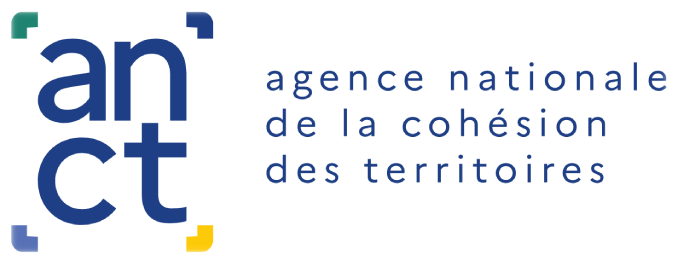The Limite agency and Ifop publish the results of their e-donor barometer 2020on the digital uses of donations. The survey conducted in December 2019 and in the midst of a health crisis, highlights the new dynamics of donation carried by the under 35s. Better informed and more connected, they mobilize more for causes, near and far, related to current events and disasters than for an association as such.
According to this survey, online donations now appear to be an established part of the French landscape, with 28% of French people declaring that they make an online donation (+5 points since the first barometer in 2010).
The most important evolution is observed among the under 35s who are now 28% to declare making an online donation to an association (+13 points since 2010), behind the 65 and over (36%) but ahead of the 35-49 (23%) and 50-64 (25%).
Behind this stability of online donations, the authors of the study note "a proliferation of collection methods, particularly among the youngest, who are influenced by their digital natives' behavior: 34% of those under 35 years of age say they have already made a micro-donation, 19% have participated in a crowdfunding operation and 40% in a fundraising campaign".
Référence :
Rise of the kitty
The kitty phenomenon has exploded in 2019, all generations combined. If the under 35s are the ones who have given the most via this tool, the older populations are not left behind (33% among the 50-64s and 31% among the over 65s).Associations were the main beneficiaries of these kitty campaigns (23% all population), far ahead of support to a particular person - victim of illness, attacks, etc. (7%) and ahead of support to a movement - march for the climate, Yellow Vests, etc. (5%).
Growing importance of social networks
The 2019 survey also highlights the growing role of social networks in the charity landscape: "LIMITE's benchmark since 2010 shows the explosion of the NGO audience on social networks with an 880% increase in the average number of fans on Facebook since 2010 and a 473% increase in the number of followers on Twitter."Instagram is becoming a major communication channel for associations in order to showcase their actions in the field, the people they support or those who act on a daily basis: 83% of associations now have an Instagram account.
"In ten years", conclude the authors of the survey, "we have witnessed a qualitative break in e-donation: in 2010 it was an extension of traditional donation, today it has entered its 3.0 version with all these new tools that are familiar to new generations. A break that obliges associations to invest now for tomorrow by offering tools and online donation methods that are familiar to this young generation.




